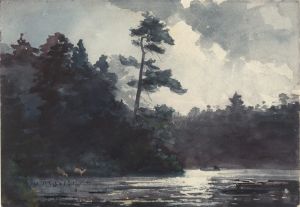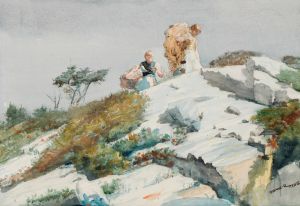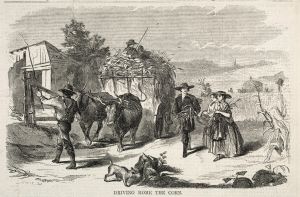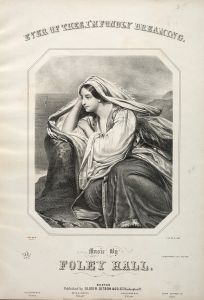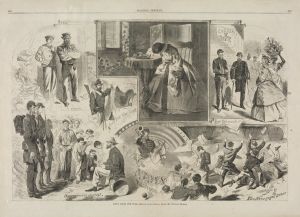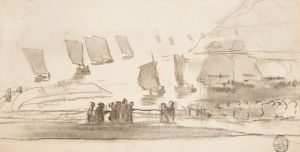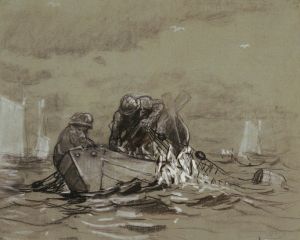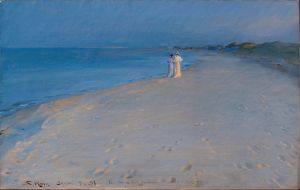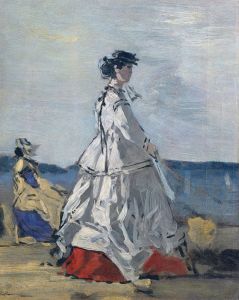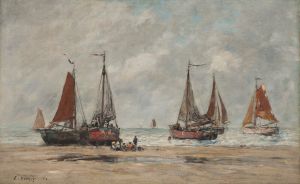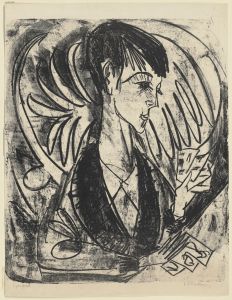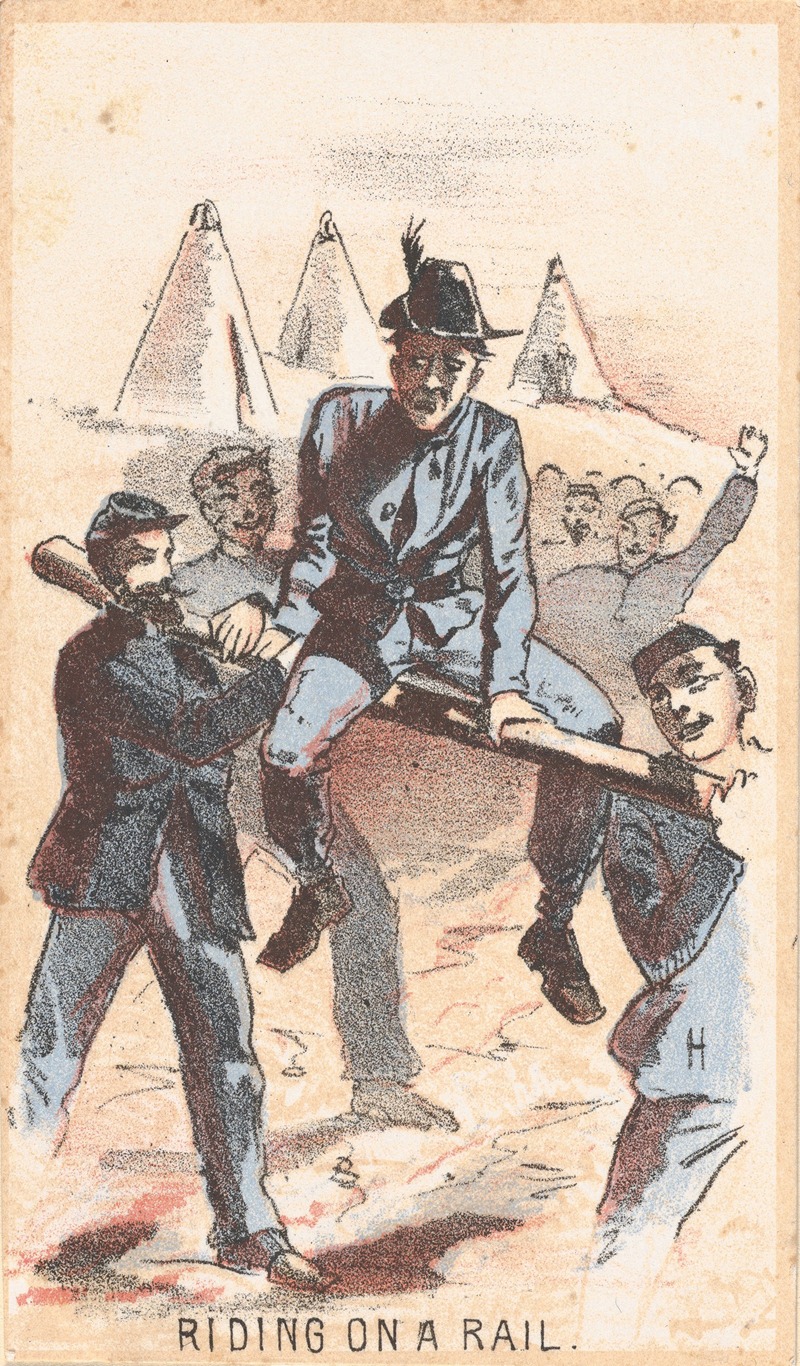
Riding on a Rail
A hand-painted replica of Winslow Homer’s masterpiece Riding on a Rail, meticulously crafted by professional artists to capture the true essence of the original. Each piece is created with museum-quality canvas and rare mineral pigments, carefully painted by experienced artists with delicate brushstrokes and rich, layered colors to perfectly recreate the texture of the original artwork. Unlike machine-printed reproductions, this hand-painted version brings the painting to life, infused with the artist’s emotions and skill in every stroke. Whether for personal collection or home decoration, it instantly elevates the artistic atmosphere of any space.
Winslow Homer, an influential American artist of the 19th century, is renowned for his depictions of American life and landscapes. One of his works, Riding on a Rail, is a watercolor painting created in 1864. This artwork is part of Homer’s early career, during which he frequently illustrated scenes of everyday life and events related to the American Civil War.
Riding on a Rail portrays a group of men carrying another man on a wooden rail, a scene that reflects a form of public humiliation or punishment. This practice, known as "riding on a rail," was a common form of mob justice in 19th-century America, often used to punish individuals who were perceived as violating social norms or engaging in unacceptable behavior. The painting captures the moment with a sense of immediacy, showcasing Homer’s ability to depict human interactions and emotions with clarity and subtlety.
The watercolor medium, which Homer began to explore extensively during the 1860s, allowed him to experiment with light, color, and texture. In Riding on a Rail, Homer employs a muted palette and loose brushstrokes, emphasizing the informal and spontaneous nature of the scene. The composition is relatively simple, focusing on the figures and their actions, which are rendered with a sense of movement and dynamism.
This painting is significant as it reflects Homer’s interest in documenting the social and cultural realities of his time. While many of his Civil War-era works focus on soldiers and battlefields, Riding on a Rail shifts attention to civilian life and the societal tensions that existed during the period. It provides insight into the customs and practices of 19th-century America, as well as the ways in which communities dealt with perceived transgressions.
Riding on a Rail is part of Homer’s broader body of work that captures the complexities of American life during a time of significant change and upheaval. Today, the painting is recognized as an example of Homer’s early mastery of watercolor and his keen observational skills. It is held in the collection of the Metropolitan Museum of Art in New York City, where it continues to be studied and appreciated for its historical and artistic value.







